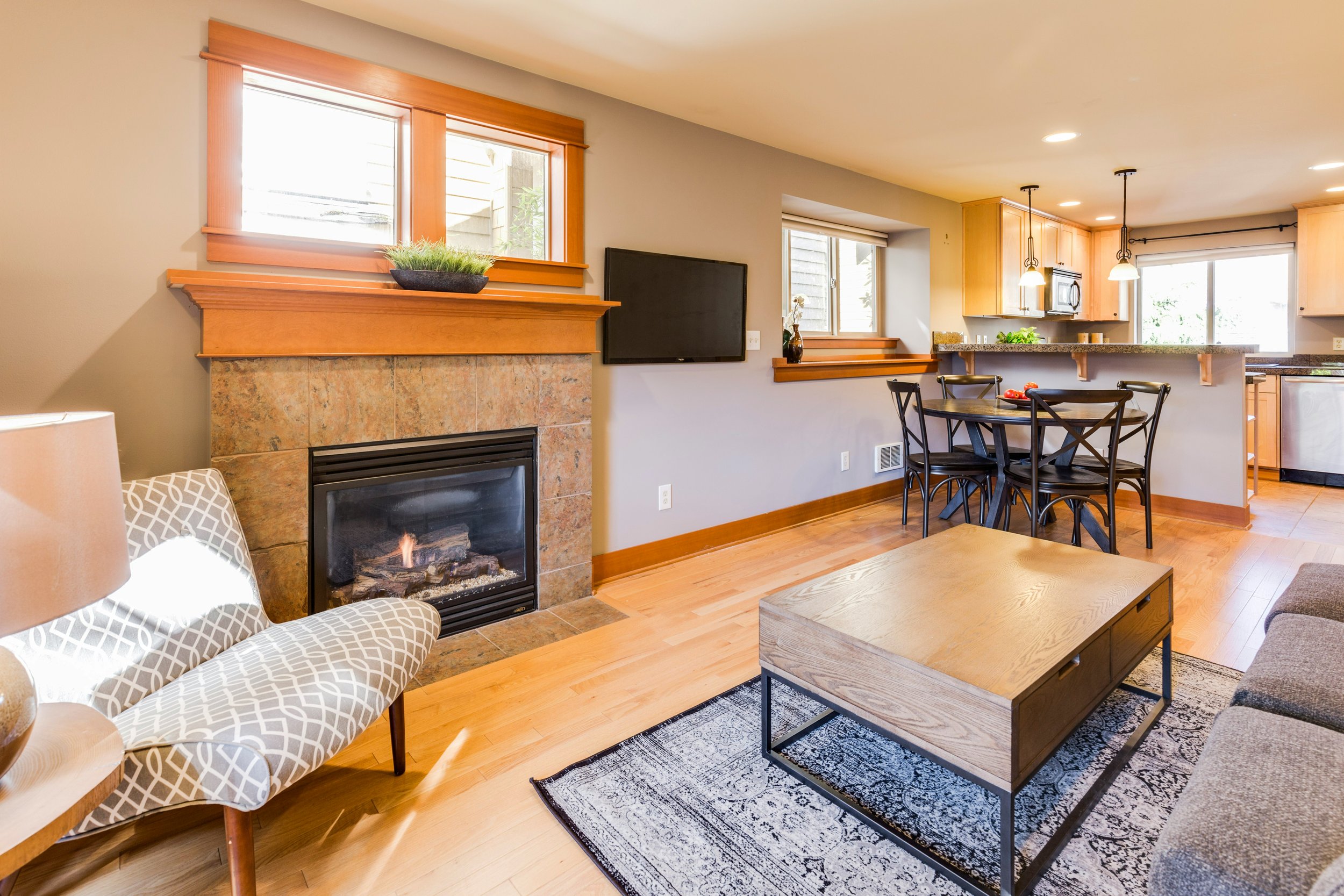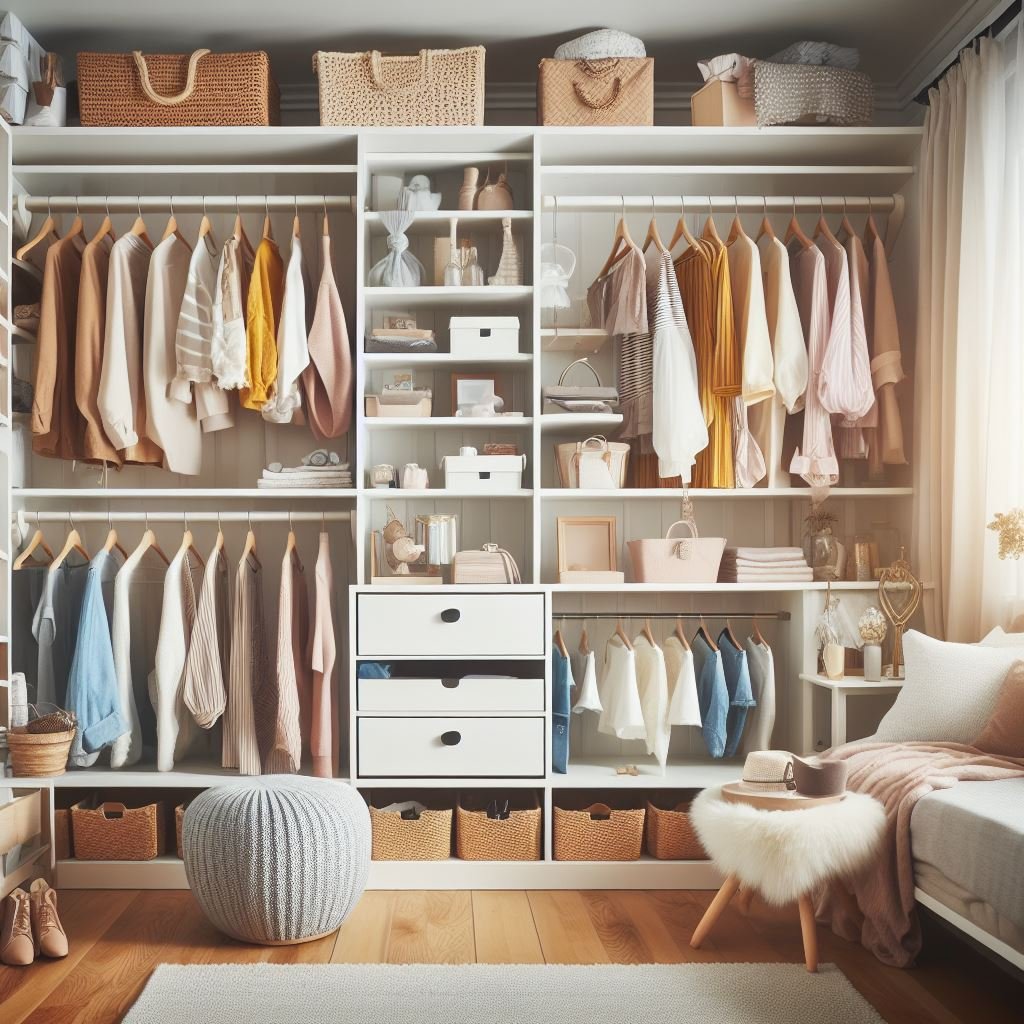Organizing a Kid's Closet: A Practical Guide for Parents
Discover practical tips and strategies for organizing your kid's closet, making it easy to keep their space tidy and functional.
As kids grow, so does their stuff. Toys, clothes, and school supplies seem to multiply overnight, leaving parents wondering where to put it all. A well-organized closet can be a game-changer, creating a functional space that grows with your child.
Let's dive into some practical strategies to transform your kid's closet from chaos to calm. And if you feel overwhelmed or need help designing the space, don’t hesitate to contact Renuity Home, a team of professionals who can make the process much easier and free up your valuable time.
Start with a Clean Slate
Before you begin organizing, empty the closet. This gives you a chance to assess the space and imagine new possibilities. As you remove items, sort them into categories:
Keep
Donate
Trash
Be ruthless in your sorting. Kids outgrow clothes quickly, so anything that doesn't fit or hasn't been worn in months should go.
Plan Your Space
Now that you have a blank canvas, consider your child's needs. Think about their daily routines and how the closet can support them. Some key elements to keep in mind:
Hanging space for clothes
Shelves for folded items
Drawers for small accessories
Bins for toys or sports equipment
A hamper for dirty clothes
Shoe storage.
Measure your space carefully and sketch out a plan. This will help you choose the right storage solutions and avoid buying items that don't fit.
Choose the Right Storage Solutions
Invest in adjustable systems that can grow with your child. Here are some options to consider:
Adjustable rods: Install two rods, one at your child's height and one higher up for longer items or future use.
Open shelving: Easy-to-reach shelves encourage kids to put away their clothes.
Clear bins: These make it easy for kids to see what's inside and find what they need.
Over-the-door organizers: Great for shoes, accessories, or small toys.
Drawer organizers: Keep socks, underwear, and small items tidy.
Labels: Use picture labels for younger kids or text labels for older ones to help maintain order.
Organize by Category
Group similar items together to make finding and putting away clothes easier, for example:
Hang dresses, jackets, and dress shirts on the higher rod.
Use the lower rod for everyday shirts and pants.
Place folded items like sweaters and jeans on open shelves.
Store socks, underwear, and pajamas in drawers or bins.
Keep shoes in a designated area, either on the floor or in an over-the-door organizer.
Use high shelves for out-of-season clothes or less frequently used items.
Make It Kid-Friendly
The key to maintaining an organized closet is to make it easy for your child to use. Here are some tips:
Place frequently used items at your child's eye level.
Use open bins instead of lidded ones for easy access.
Install hooks at your child's height for backpacks or jackets.
Create a "dirty clothes" zone with an easy-to-use hamper.
Set up a donation bin for clothes they've outgrown.
Implement a Routine
Once you've set up the perfect system, teach your child how to use it. For example, you could introduce them to these steps:
Put dirty clothes in the hamper every night.
Return clean clothes to their proper places after laundry day.
Do a quick tidy-up before bedtime.
Maximize Vertical Space
Don't forget about the vertical space in your child's closet. Here are some ideas:
Install hooks on the sides of the closet for bags or dress-up clothes.
Use tension rods to extend the hanging area.
Add a pegboard for hanging small items or artwork.
Attach a shoe organizer at the rear of the closet door.
Make It Fun
Encourage your child to maintain their organized closet by making it fun
Let them choose some decorative elements like colorful bins or fun labels.
Create a reward system for keeping the closet tidy.
Turn clean-up time into a game with a timer or music.
Common Challenges
Every closet has its quirks. Here are solutions to common problems:
Small closet: Use every inch of space with door organizers and under-bed storage.
Shared closet: Divide the space fairly and use color coding to distinguish each child's belongings.
Closet without doors: Use curtains or a tension rod with a pretty fabric to create a clean look.
Regular Maintenance
An organized closet requires ongoing attention. Schedule regular check-ins:
Weekly: Do a quick tidy-up and return misplaced items.
Monthly: Assess what's being used and what isn't. Make adjustments as needed.
Seasonally: Rotate clothes and evaluate what needs to be replaced or donated.
With these strategies, you'll create a functional, organized closet that makes mornings smoother and teaches your child valuable organizational skills. With a little effort and creativity, you can turn your kid's closet into a space that supports their growth and independence.







